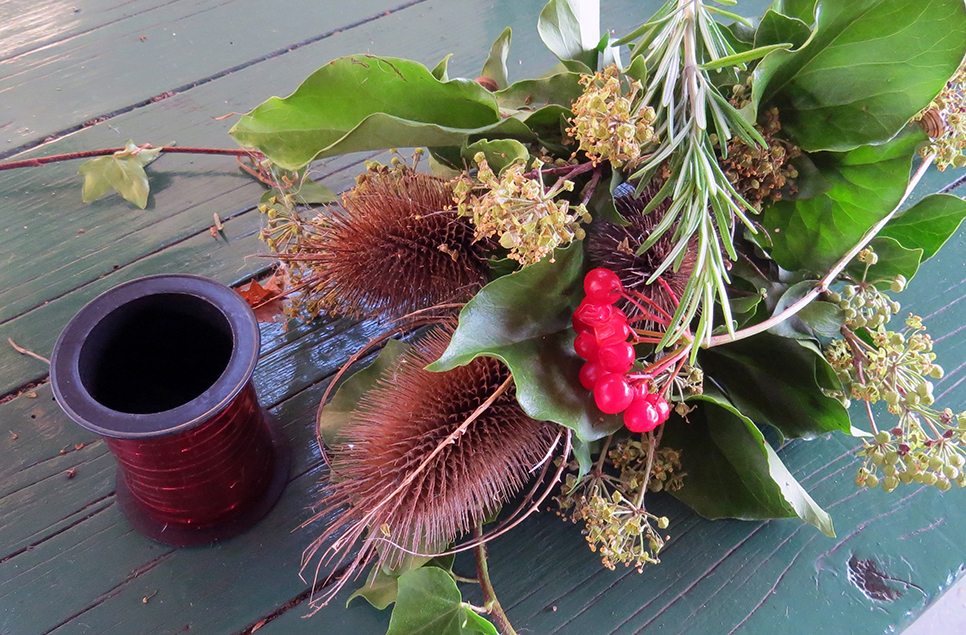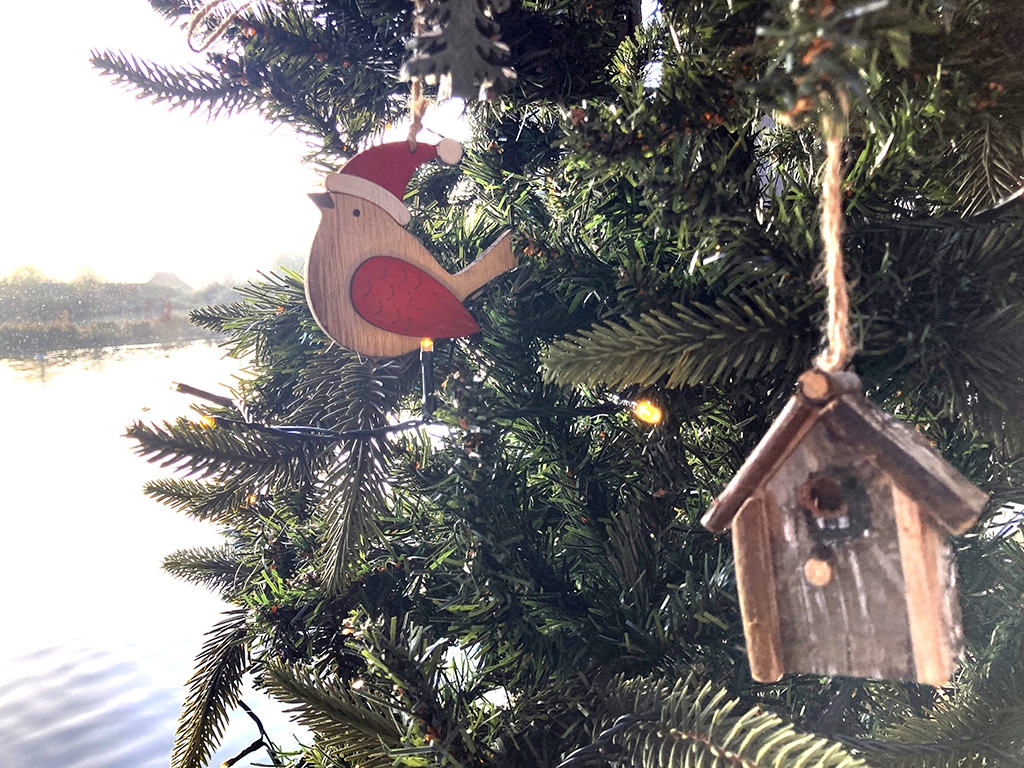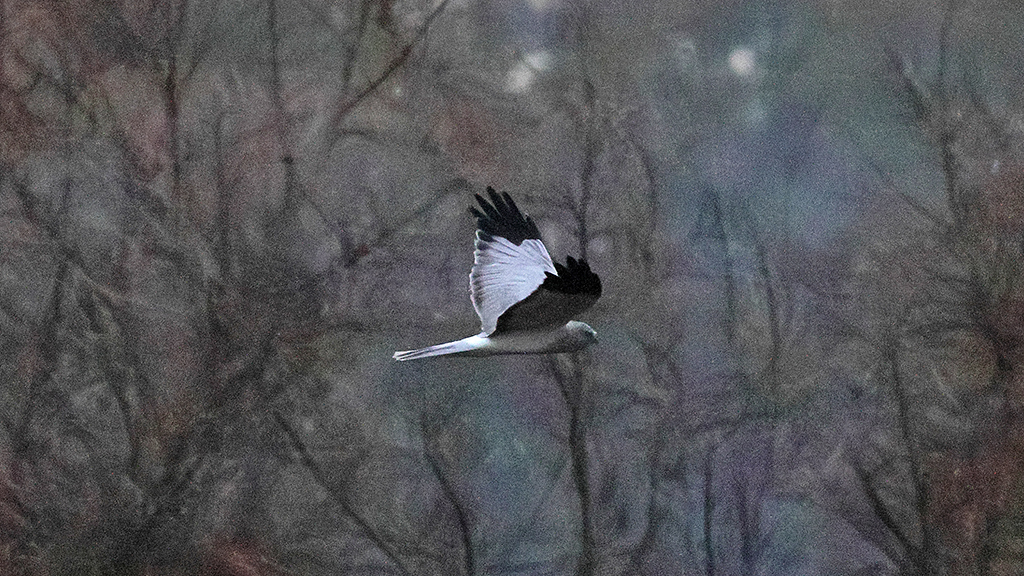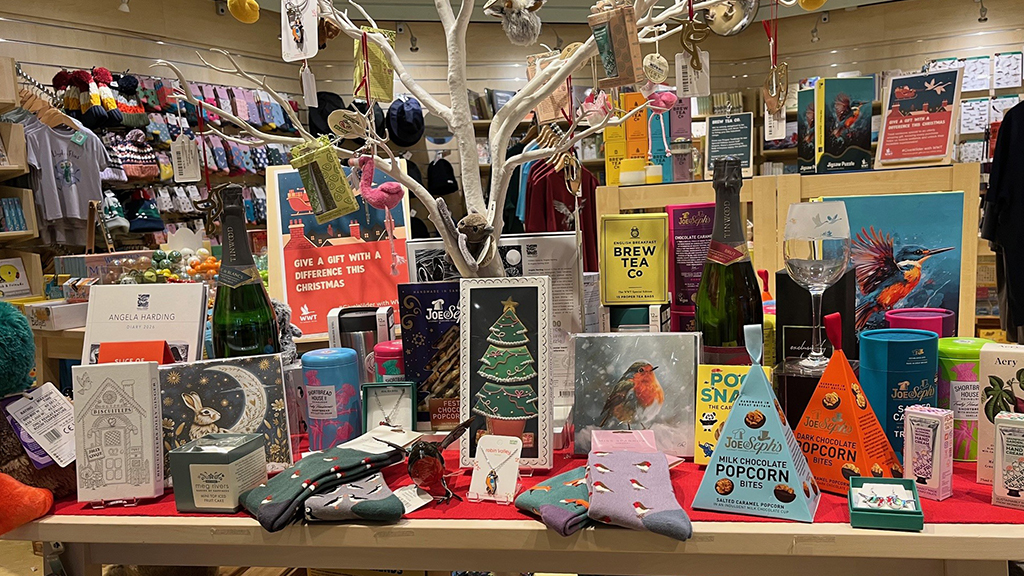Wildlife, well being and art competition for adults this autumn
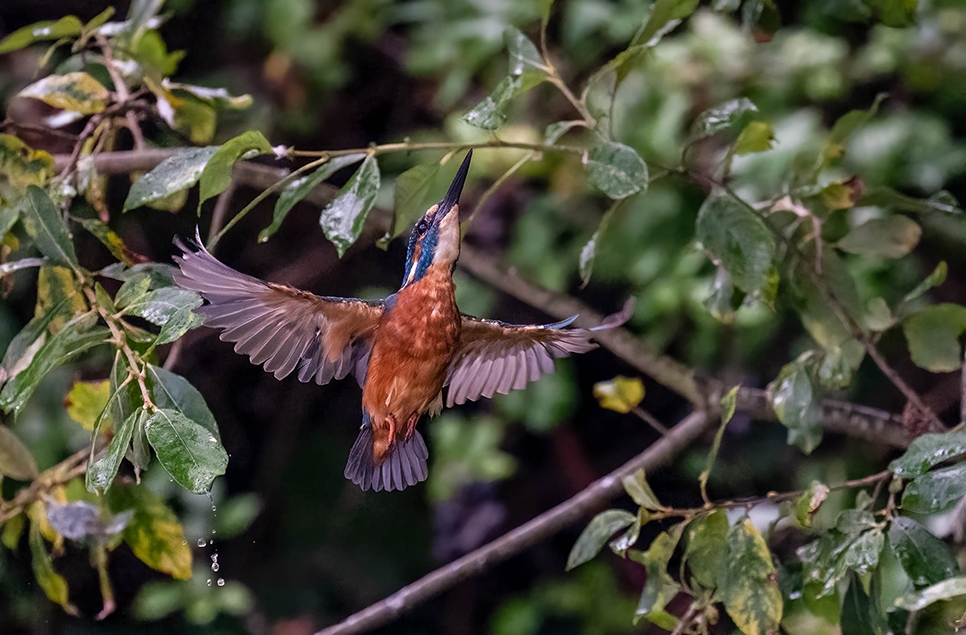
Autumn is a natural time of change and reflection. Nature’s palette shifts and migrating birds pass through on journeys south or arrive to stay the winter.
Give yourself some quiet time to be still with nature - you may be rewarded with the flash of a kingfisher, a snipe breaking cover or a graceful grey heron. The jewel tones of the ducks and geese, earthy colours of the season and the low angle of light also make autumn an amazing season for photography. This kingfisher was photographed September 10th by regular visitor Alec Pelling.
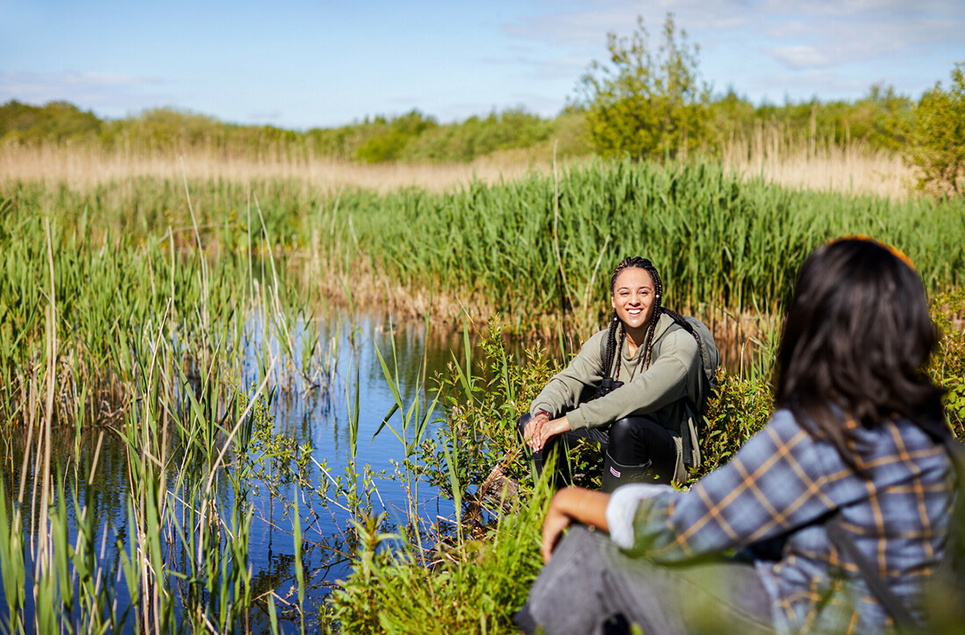
Wetland Wellbeing Week
After the busy summer we slow down and search for calm. Spending time in nature, especially around water, has been shown to reduce stress, enhance mood and reduce negative thoughts. Research by the Mental Health Foundation says 65% of people say that being near water is their favourite part of nature and improves their mental wellbeing.
Oct 10 is World Mental Health Day. When you visit our centre for Wetland Wellbeing week Oct 9-15 spend time at the “wetland wellbeing stops” around our site, each with a suggestion on how to connect with nature and improve your wellbeing.
Wetland nature offers an escape from everyday pressures and demands. Not only does it give us fresh air, peace, beauty and space, it offers us a deeper connection and an awareness that we’re part of something so much bigger than ourselves.
To help you make the most of nature’s healing powers and regain a sense of calm, WWT has partnered with the Mental Health Foundation to pull together lots of tips and ideas on how you can use a trip to your local wetland to boost your health and wellbeing, whatever the weather. Download the Wellbeing guide for Autumn & Winter here.
Wild Walk Wednesdays
Are you new to birdwatching? Each Wednesday in November a guide from our Learning Team is leading a walk to three wildlife hides for beginning birders.
The Scrape hide has gadwall and teal wintering on the water. Cormorants, herons and kingfishers can be seen at the Sand martin hide while lapwing crowd the gravel islands and snipe probe for food near the Ramsar hide.
Learn where to look and how to look with birding tips and ID help. We’ll also be teaching some binocular basics, too. Don’t forget to bring your camera or your nature journal and record your sightings.
To join in on one of the Wild Walks, from 10.30-11.30 am every Wednesday in November, sign up at the admission desk on the day. The walks are included in your centre admission price which is free for WWT members.
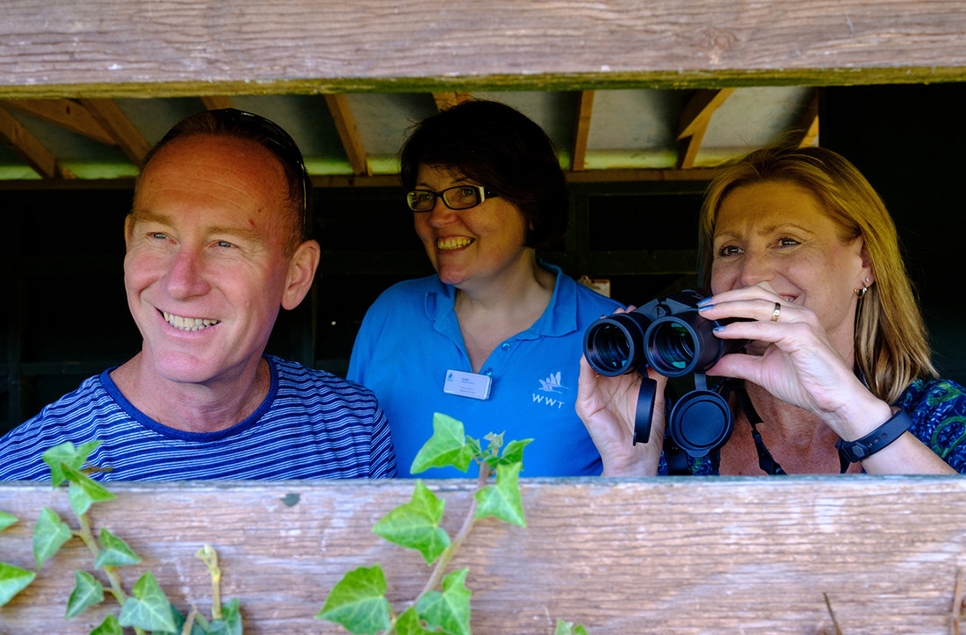
Evening Roost
In the late afternoons, from October through February, marsh harriers arrive to roost in the reedbeds at Arundel Wetland Centre. This year we have counted up to ten marsh harriers arriving to stay overnight in the SSSI reedbed. The best spots to see the harriers is from the comfort of the Scrape hide or along the long path for uninterrupted views of the whole sky.
On Wed 8 Nov and Sat 11 Nov we are keeping the hides open an extra hour to allow visitors to watch the Evening Roost. Marsh harriers arrive after 3 pm. Also watch for little egrets roosting near Ramsar hide and to see the pied wagtails drop-into the reedbed from the long path near the Wetland Secrets plant house.
The Living Collection section of the site, the Reedbed boardwalk and the Willow Sphere will all close at 4.30 pm as usual. Last admission 4.30 pm, grounds and visitor centre closes at 5.30 pm. Regular admissions prices apply. WWT members are admitted free.
Harriers began roosting at Arundel Wetland Centre in 2017 with just two marsh harriers. The number of marsh harriers regularly hunting and roosting on the reserve increased to six in 2018, then to eight in 2019 and 2021 and up to 10 last year according to Reserve Manager Suzi Lanaway. In recent years the harriers at Arundel are the largest roosting population recorded in Sussex and the fifth largest concentration of marsh harriers in the Essex-Kent-Sussex area.
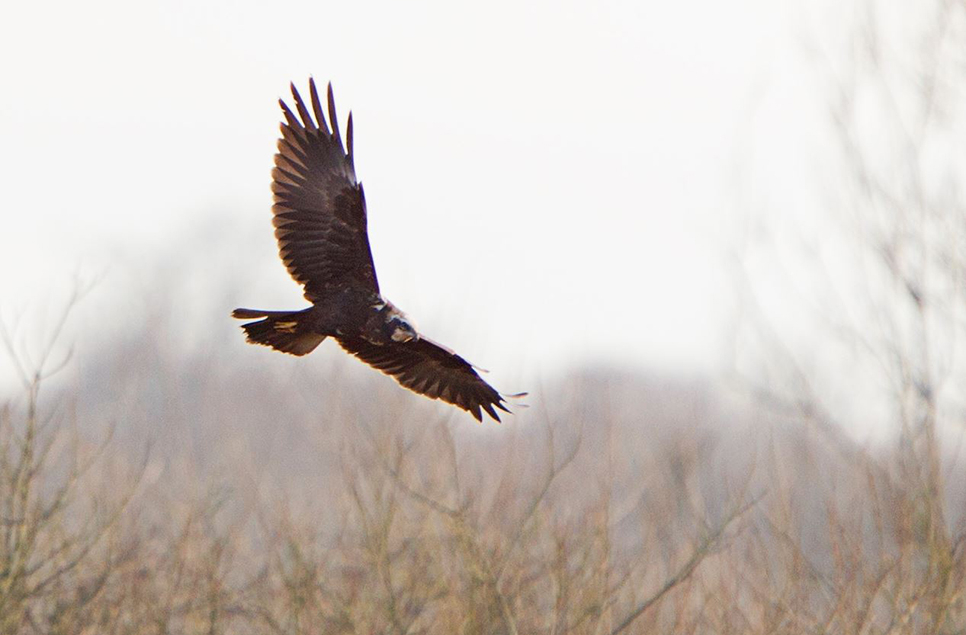
Wreath making workshops
Our popular wreath workshops are back for two days at the end of November. Tickets are now on sale for morning and afternoon workshops on Sat 25 Nov and Sun 26 November. We will show you how to use willow and natural plants to make a wreath for your door - naturally made, simply beautiful. You will weave a natural willow wreath from scratch, then weave it with seasonal wetland plants. All materials are provided.
This workshop is for people aged 18 years and up only. No children are permitted in the craft room because of the hazards of weaving with long willow whips.
Tickets are £18 per person plus admission to Arundel Wetland Centre, making this a great deal for WWT members who have free centre admission. Tickets are online only. For more information and how to book click here.
WWT National Art competition for adults
Win a unique Quentin Blake print by entering our National Art Competition.
As part of the Drawn to Water partnership between WWT and Quentin Blake we’re running an art competition this autumn, giving you a chance to win a one-off framed print of ‘Heron’ by Quentin Blake. Quentin Blake has been inspired by wetlands and the wildlife that live in them and we’re asking you to capture the wonder of wetlands at one of our WWT sites.
We're looking for something that shows what wetlands mean to you - maybe it's time spent with family and friends, wildlife that has a special meaning or the peace and tranquillity of our wetland landscapes?
Enter online or by post, full details on how and where to enter can be found here.
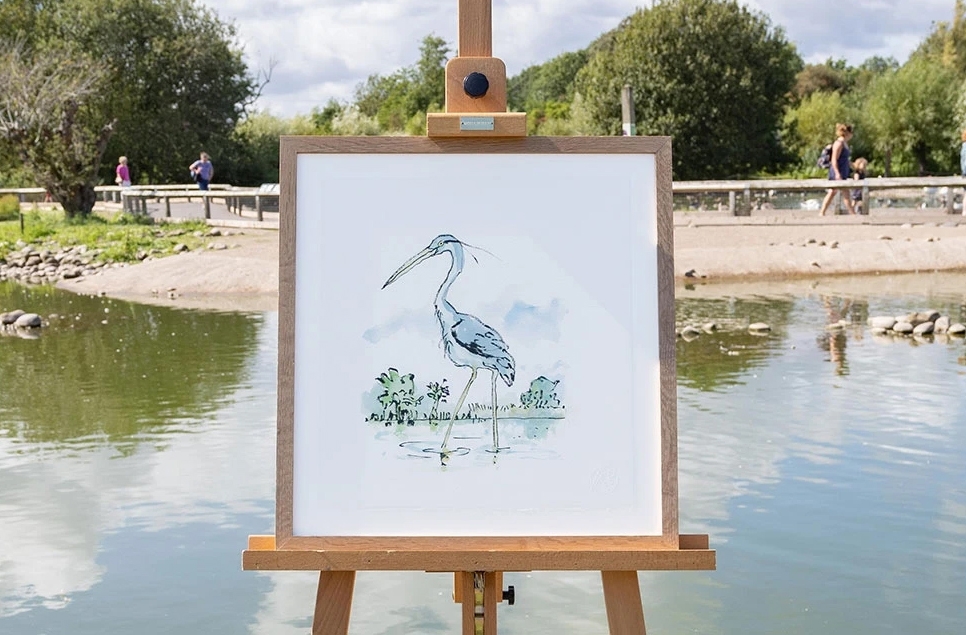
Ready to Visit?
If you've been inspired to explore Arundel Wetland Centre this autumn, find out more and plan your visit online.
Plan your visit